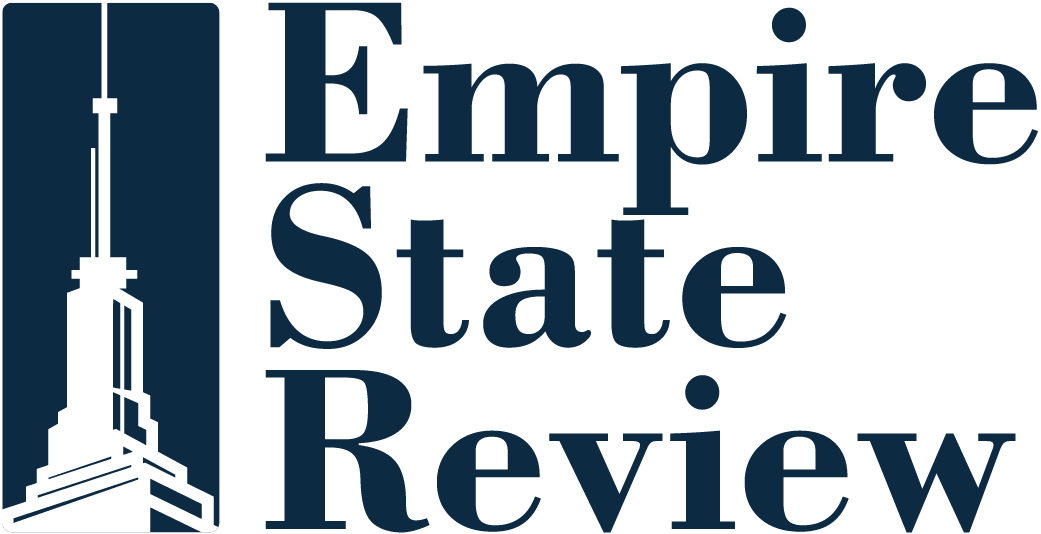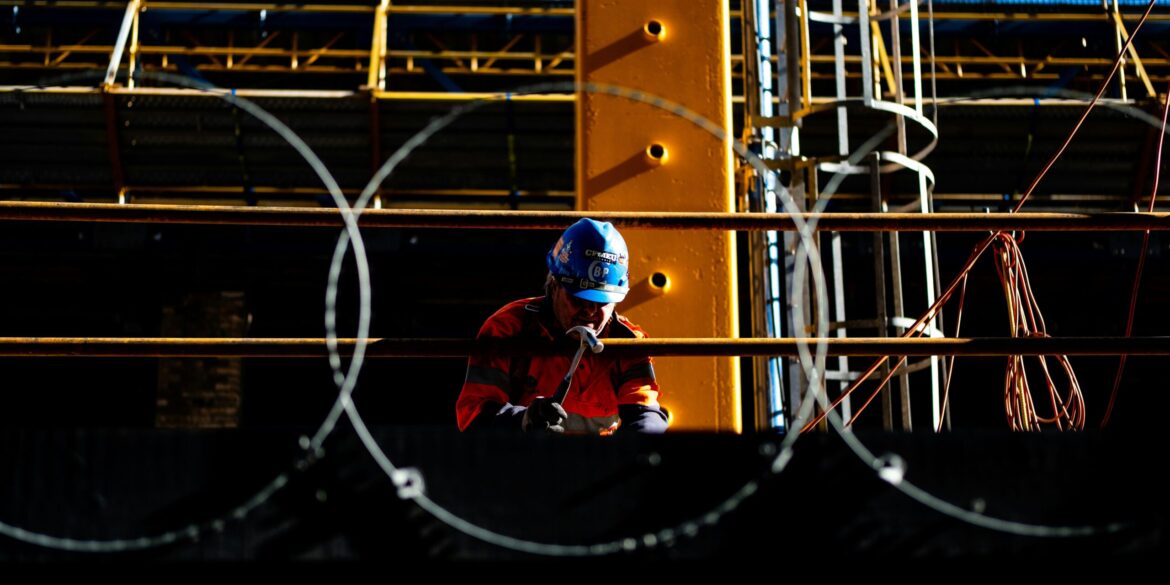U.S. merger and acquisition activity exceeded $1 trillion in deal value by late July 2025, signaling a sharp acceleration in dealmaking and positioning the year for a potential record-breaking close with an estimated $3.8 trillion in total transactions.
The momentum reflects growing executive confidence amid a more accommodative regulatory environment and improved clarity on trade policies. According to key surveys, 58% of U.S. CEOs now anticipate engaging in M&A this year—up from 42% in late 2024—highlighting an upshift in appetite for consolidation and corporate strategic expansion.
On the regulatory front, early signals of a friendlier posture under the current administration have emboldened dealmakers. Analysts point to easing antitrust scrutiny that may unlock previously stalled transactions, including in banking, heavy industry and infrastructure sectors.
A marquee example of the M&A surge is the Union Pacific–Norfolk Southern mega‑merger, announced in late July. The $85 billion stock-and-cash transaction, which values Norfolk Southern at $320 per share, would establish the first-ever U.S. transcontinental freight rail operator, linking more than 50,000 route miles across 43 states and connecting nearly 100 U.S. ports.
Union Pacific estimates the merger could generate $2.7 to $2.75 billion in annual synergies—with cost savings and new revenue opportunities—delivering high‑single‑digit accretion in earnings by the second full year post‑integration. The firms expect to seek regulatory approval by early 2027.
But the deal faces pushback: labor unions and trade groups warn of potential job losses, service disruptions, and reduced competition. The Surface Transportation Board is under pressure to thoroughly review operational and safety implications given past rail merger failures.
Beyond rail, deal activity in technology and life sciences has been notably vigorous. Large tech firms including Google, Salesforce, Microsoft, Amazon and Oracle are making strategic acquisitions to accelerate their AI and cloud computing agendas. In pharmaceuticals, Big Pharma players such as Eli Lilly and Merck are increasingly investing in biotech startups to replenish pipelines with innovation-driven therapeutics.
Financial firms and infrastructure companies also remain active, though interest rate stability and policy uncertainty pose moderate headwinds. Regulators are carefully scrutinizing conglomerations in banking and utilities where consolidation could raise market power concerns.
While the value of U.S. deals has surged in recent months, overall deal volume for transactions above $100 million has not increased in tandem. According to EY-Parthenon’s Deal Barometer, corporate M&A volume is projected to remain flat or grow modestly—rising perhaps 1 to 10 percent in 2025 versus 2024—depending on macroeconomic and trade policy scenarios. Private equity–led transactions are also expected to contribute a significant share of total activity, though still below peak historical levels.
Still, key drivers underpinning the boom include ample liquidity, more attractive financing conditions, and strong board-level intent to pursue strategic inorganic growth. Many firms are using M&A to expand in fast-growing sectors such as AI, health tech, biotech, and logistics efficiency.
Going forward, anticipated dynamics include more large-scale consolidations in regulated industries, further tech-driven acquisitions—particularly in AI and cloud—and pharmaceutical mergers to fuel drug pipelines. However, rising interest rates or renewed regulatory restrictions could slow momentum in the second half of the year.
With sizeable deals like the Union Pacific–Norfolk Southern merger serving as bellwethers, the U.S. M&A market through summer 2025 reflects executives’ increasing confidence in dealmaking as a strategic growth lever and suggests the possibility of one of the busiest deal years in decades.

